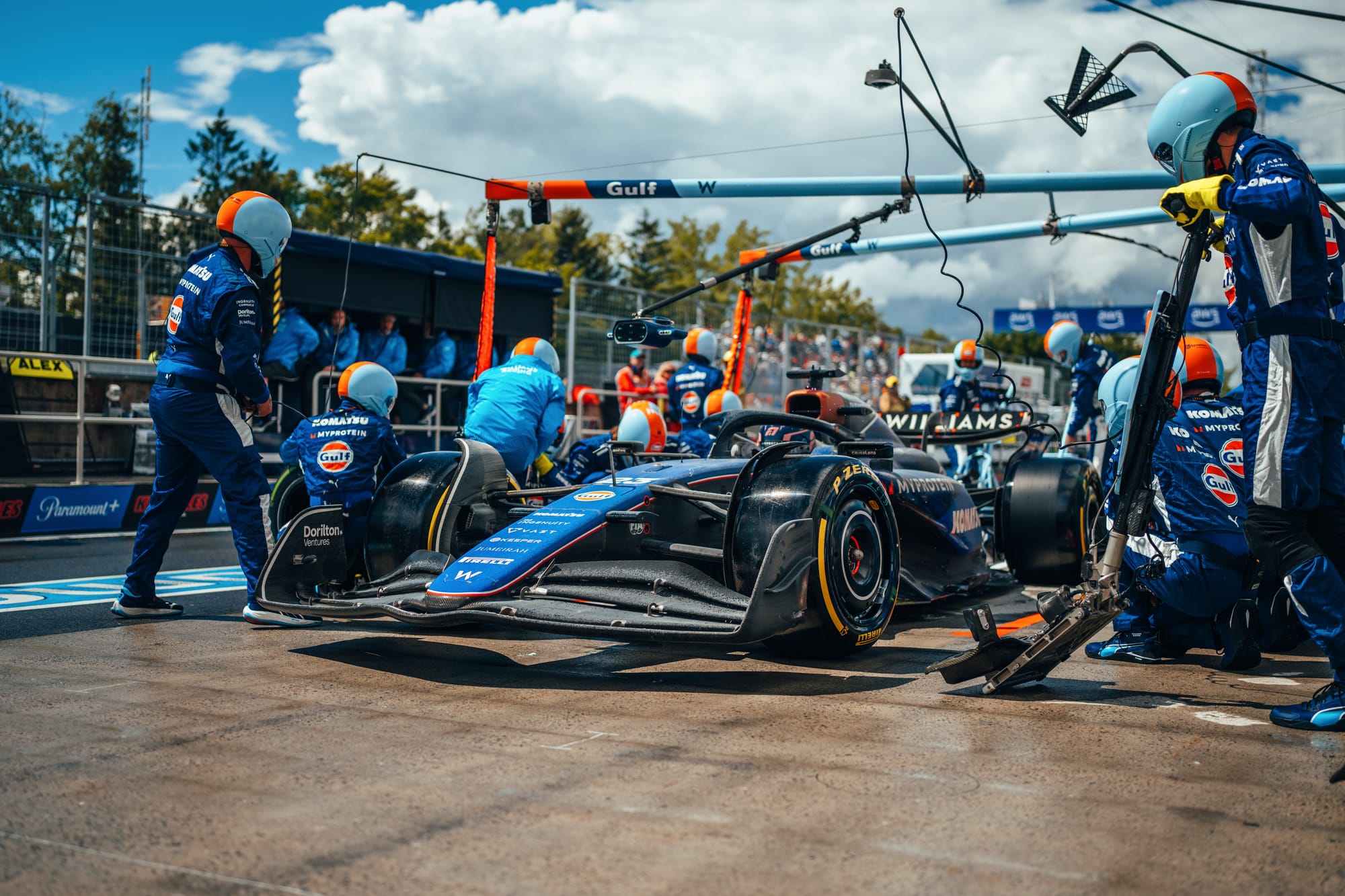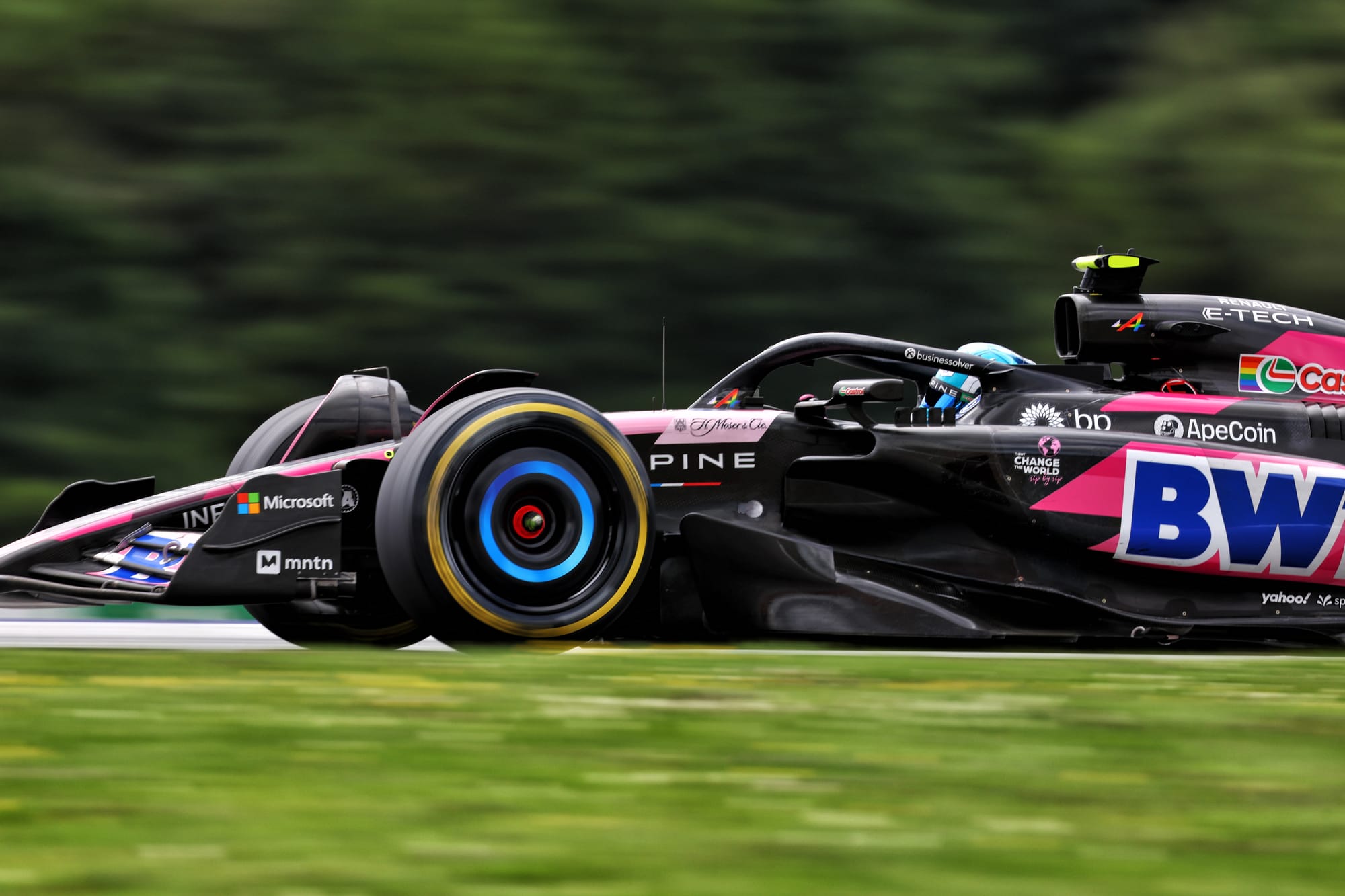Up Next

Alpine’s on-track mini-revival in Formula 1 should be further boosted by the arrival of more significant technical recruits that have now started at the team.
Three senior figures began work at the team on July 1, arriving from Red Bull and Ferrari.
Michael Broadhurst and Vin Dhanani return to Enstone as chief aerodynamicist and head of vehicle performance respectively.
Both join from Red Bull Racing having worked for this team in its previous guises - Broadhurst in the aerodynamics department across a seven-year stint, most recently as principal aerodynamicist in 2016 before joining McLaren, and Dhanani from 2006 to 2011 at the start of his F1 career.
Their arrivals coincide with Jacopo Fantoni starting as deputy chief engineer. Fantoni was a colleague of Alpine’s recently appointed executive technical director David Sanchez during a 13-year Ferrari career, and was most recently head of simulation in the design office.
The three senior additions, along with others also starting in July, help bolster a technical team that has been under significant revision this year. Former technical director Matt Harman and head of aero Dirk de Beer resigned early in 2024, following issues with the build of the car in the winter, and left shortly after the season started in extremely poor fashion in Bahrain.
Recruiting Broadhurst, formerly deputy head of aerodynamics at McLaren and principal aerodynamicist at Red Bull, targets Alpine’s aero deficiencies by adding significant experience and expertise to a key department. Likewise, Vin’s arrival from a major role as Red Bull’s vehicle performance team leader helps bolster another important area after losing head of performance Richard Frith to Williams.

They will all work within the technical structure that was revised to have three pillars following Harman’s departure: aerodynamics (David Wheater), performance (Ciaron Pilbeam), and engineering (Joe Burnell), with Sanchez added to the top of the technical tree in a new role when he was unexpectedly available following a shock exit from McLaren after just a few months.
The Alpine headcount has grown steadily in recent years as Renault finally recognised its initial target of fighting F1’s top teams with 85% of their resources had failed to restore Enstone to the necessary strength.
It was 850-strong this time two years ago and is now around the 1000 mark, although that is still going to need to increase further to come close to F1’s biggest teams.

However, in the wake of a tumultuous 12 months - it is almost a year since Alpine announced mid-Belgian GP weekend it was axing team principal Otmar Szafnauer and long serving sporting director Alan Permane - these recruits help shift Alpine’s narrative more towards a team of growth and momentum, even if it is all relative.
Alpine has scored points at the last four events, moving it from last in the championship to eighth, and qualified in the top 10 three times in that period. What was F1’s slowest car at times is now at least a regular Q3 contender and points threat.
This is still well short of the expectations of a works team in F1, but it is something Renault publicly states it is determined to improve.
The controversial recent return of Flavio Briatore as executive advisor is designed to support that, with the team courting Carlos Sainz to try to bolster its driving talent after deciding to replace Esteban Ocon.
Linked to that is the possibility of axing its works engine programme in favour of a Mercedes engine deal.
This is understood to have been relayed to Sainz, and while it would be a public admission of failure that Renault cannot produce an engine capable of succeeding in F1, it is part of a wide review to establish how the team itself can best achieve success.





